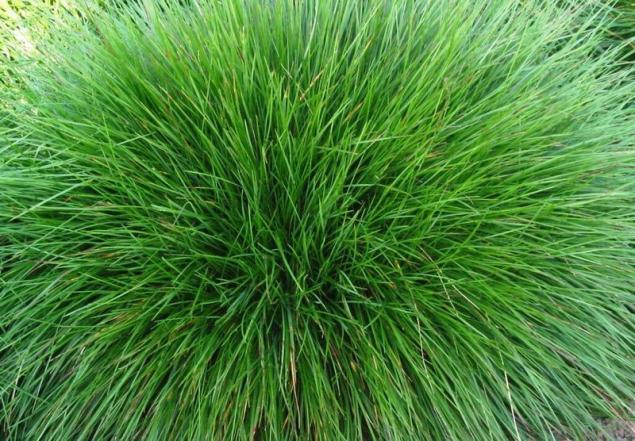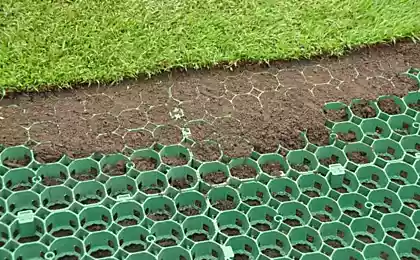596
Scientists have a cheap source of energy from grass
Scientists said that lawn grass will be a revolution in the world of environmentally friendly and affordable energy. It was found out that hydrogen can be prepared fescue using sunlight and cheap catalyst. It is known that hydrogen is a biofuel that does not emit harmful gases and it is easy to renew.

Lawn grass - it is really "green" energy source. Hydrogen is seen as an important future energy source, and our research shows that even lawn grass can be a good way to get it in abundance, - said Michael Bowker, Professor at Cardiff University
. Scientists have conducted a series of tests and found that the fescue - the ideal candidate as a source of cheap energy. To do this, the researchers have for the first time in the history of the "live" material straight from your own garden. The aim of researchers has been to transform the organic cellulose contained in each plant, to hydrogen. For this purpose catalysts are nickel, gold and palladium. It was found that after 30 minutes of continuous exposure, the researchers have received a large amount of hydrogen.

Professor Michael Bowker said that until recently, the production of hydrogen from cellulose using photocatalysis has not been studied.
Our results show that significant amounts of hydrogen can be obtained from the grass by means of sunlight and cheap catalyst. In addition, we have demonstrated the effectiveness of the process by using real grass taken from the garden. To our knowledge, this is the first time the raw biomass used to produce hydrogen, - said the scientist.

Lawn grass - it is really "green" energy source. Hydrogen is seen as an important future energy source, and our research shows that even lawn grass can be a good way to get it in abundance, - said Michael Bowker, Professor at Cardiff University
. Scientists have conducted a series of tests and found that the fescue - the ideal candidate as a source of cheap energy. To do this, the researchers have for the first time in the history of the "live" material straight from your own garden. The aim of researchers has been to transform the organic cellulose contained in each plant, to hydrogen. For this purpose catalysts are nickel, gold and palladium. It was found that after 30 minutes of continuous exposure, the researchers have received a large amount of hydrogen.

Professor Michael Bowker said that until recently, the production of hydrogen from cellulose using photocatalysis has not been studied.
Our results show that significant amounts of hydrogen can be obtained from the grass by means of sunlight and cheap catalyst. In addition, we have demonstrated the effectiveness of the process by using real grass taken from the garden. To our knowledge, this is the first time the raw biomass used to produce hydrogen, - said the scientist.
In France, it opened a new geothermal power plant
Soda and bath: a simple and efficient recipe for recovery
























